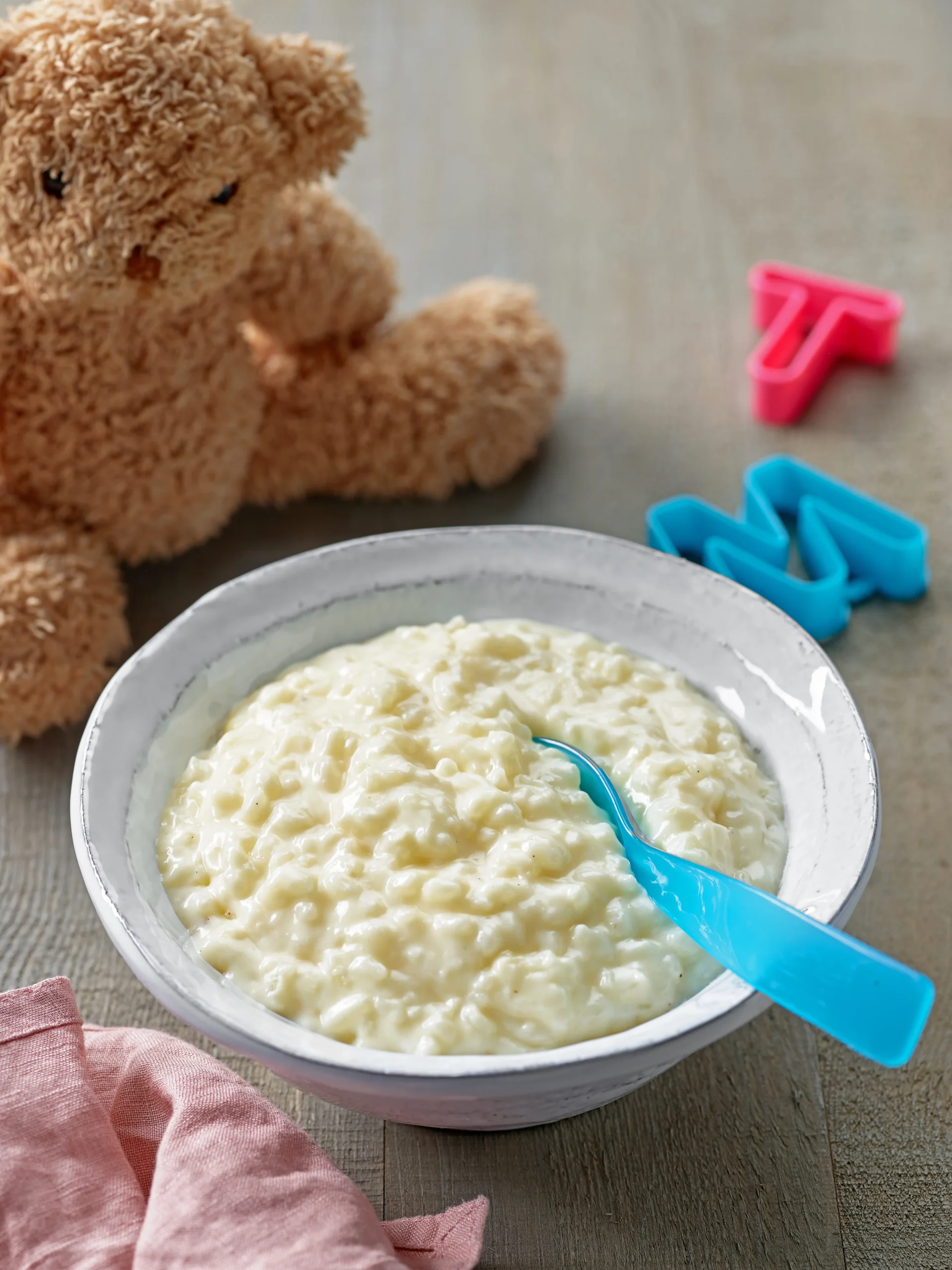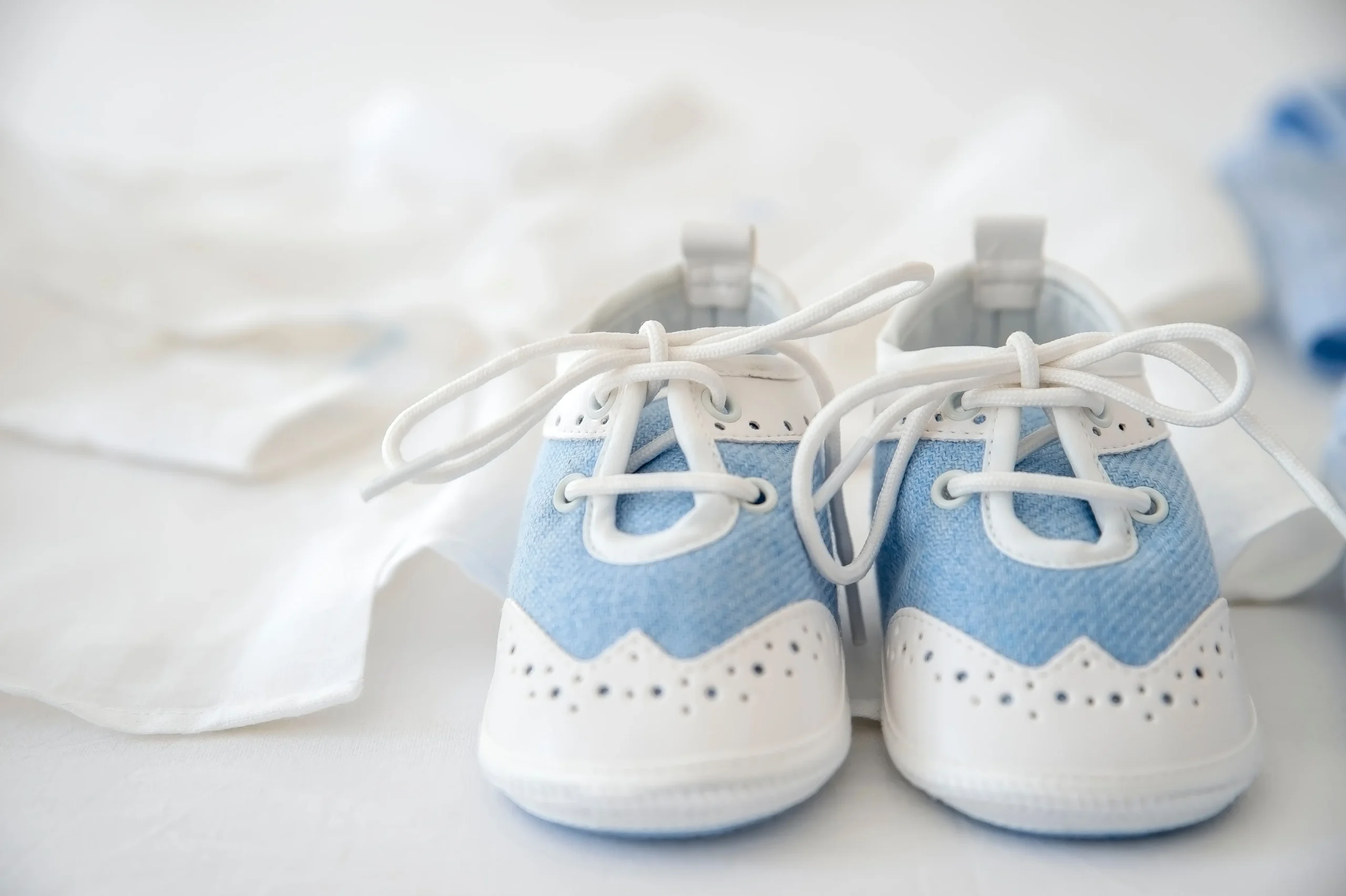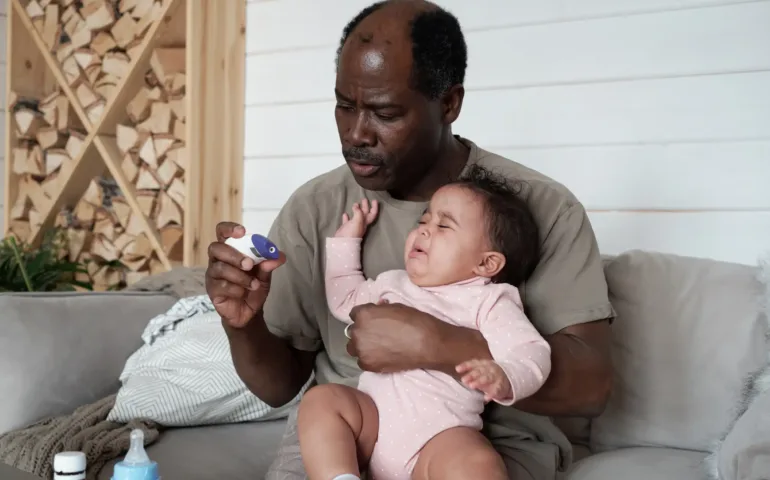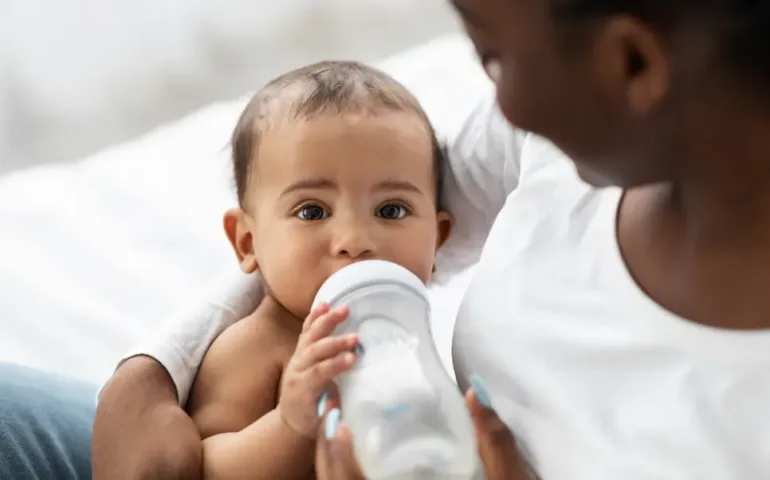
1 year already! You and your child have spent 12 months together. A pivotal moment in their development, which you’ve been closely following since birth. What are the major developmental milestones at 1 year?
1-year-old child: let’s take stock.
Psychomotor development
1 year, here you are! Your child is in a full learning phase.
Motor development
Your child’s motor development, meaning their physical abilities and control of their muscular system, continues to grow after the milestone of the first year. By now, they are probably starting to move around with support, going from one piece of furniture to another, after generally already practicing climbing stairs over the past few weeks.
It is generally accepted that a child walks between 9 and 18 months. This range is simply due to the fact that skills (sitting, standing, walking, talking…) take time because they become increasingly complex, and each child has their own learning pace.
At 1 year old, it is possible that your child is starting to walk. Their desire to discover and explore the world around them will drive them to get moving.
Good to know: it is not recommended to “help them walk” by holding their hands. Instead, you can get down to their level and reach your arms out so they come toward you. But “making them walk” does not speed up their learning. Your child must be physically (tone, balance, coordination…) and mentally (separating, venturing into the world alone…) prepared before moving on to this new stage and starting to walk.
To help your child deepen their motor development, you can also encourage them to dance! Babies instinctively dance to the rhythm of music, and they love it! From 1 year old, your child may start moving, waving their hands, arms, or bending their knees to the beat of a song.
Cognitive development
At 1 year old, your child also continues their cognitive development by observing those around them and their environment. Imitation and reproduction represent a large part of their learning.
From a very young age, your child has involuntary imitation abilities, linked to mirror neurons. This involuntary imitation becomes direct (meaning your child repeats gestures they have just seen, for example) starting at 1 year old. You are their first role model! Repeating and imitating helps them build confidence.
At 1 year old, your child is also learning and exercising their memory. The cognitive processes at work in their brain, through executive functions, allow them to adapt to their environment to achieve a specific goal. They also organize their learning, meaning they choose to focus on significantly improving either in language or motor skills, but rarely both at the same time. At 1 year old, your child begins to understand the concept of cause and effect. They realize that situations have consequences, such as dropping objects, banging them together… Their memory works through “anticipation by sequence.” In other words, they are able to predict the consequences of their actions.
Language and communication
At 1 year old, your child has probably already been babbling for a few months. They continue to use monosyllables like “goo,” “babababa.” Their vocabulary is very limited and most of the time understandable only by you! In fact, your child understands more words than they use. Why? Because it is easier to understand a word than to pronounce it, which is why they begin to assimilate simple instructions.
1 year old is also the moment when your child begins to assert themselves. At this age, your child’s character and personality continue to develop. It is therefore possible that their behavior changes. For example, they may more frequently assert what they like or dislike.
Diet and nutrition
At 1 year old, your child continues their discovery of food diversification. You can now introduce foods with small pieces if this has not already been done. However, the following should be avoided until about age 4 due to the risk of choking:
- nuts,
- peanuts,
- hard candies,
- olives,
- dates,
- or cherries with pits.
Even though your child now eats more and more foods, at 1 year old, they still need milk. It is recommended that babies between 9 and 12 months receive at least 500 mL of milk per day, split into 2 bottles (one in the morning and one at snack time, for example). Note that you can also replace milk with infant milk-based dairy products.
Equipment
Walking means shoes! If your child is not yet walking, it is better to let them go barefoot or wear non-slip slippers that fit their foot shape. If they are walking, you can choose shoes that are:
- with flexible soles (you should be able to bend them in half),
- not too tight,
- allowing toe mobility,
- not too high,
- not going above the ankle so it can move and the child can squat,
- new or barely worn,
- and with a strong closure.

Vaccines of the month
To follow your child’s development, you can schedule an appointment with your pediatrician. It is also the opportunity to update their vaccination schedule by administering at least 2 vaccines to strengthen their immune system: meningococcal B and ACWY, and MMR (measles, mumps, rubella).
When to worry
The different phases mentioned above are only indicative and general. All children develop at their own pace, and progress varies. Each child equals a unique development. However, if you notice a sudden stop in your child’s progress, we recommend consulting your pediatrician.
You are now on your way to a second year full of emotions and activities!
Want to learn more? Feel free to download the May app, where you’ll find plenty of resources to support and guide you throughout your journey as a new parent.
**
Photos: kryzhov | magone | AtlasComposer | leszekglasner
This text was translated from French by an artificial intelligence. The information, advice, and sources it contains comply with French standards and may therefore not apply to your situation. Make sure to complement this reading by visiting the May US/UK app and consulting the healthcare professionals who are supporting you.




